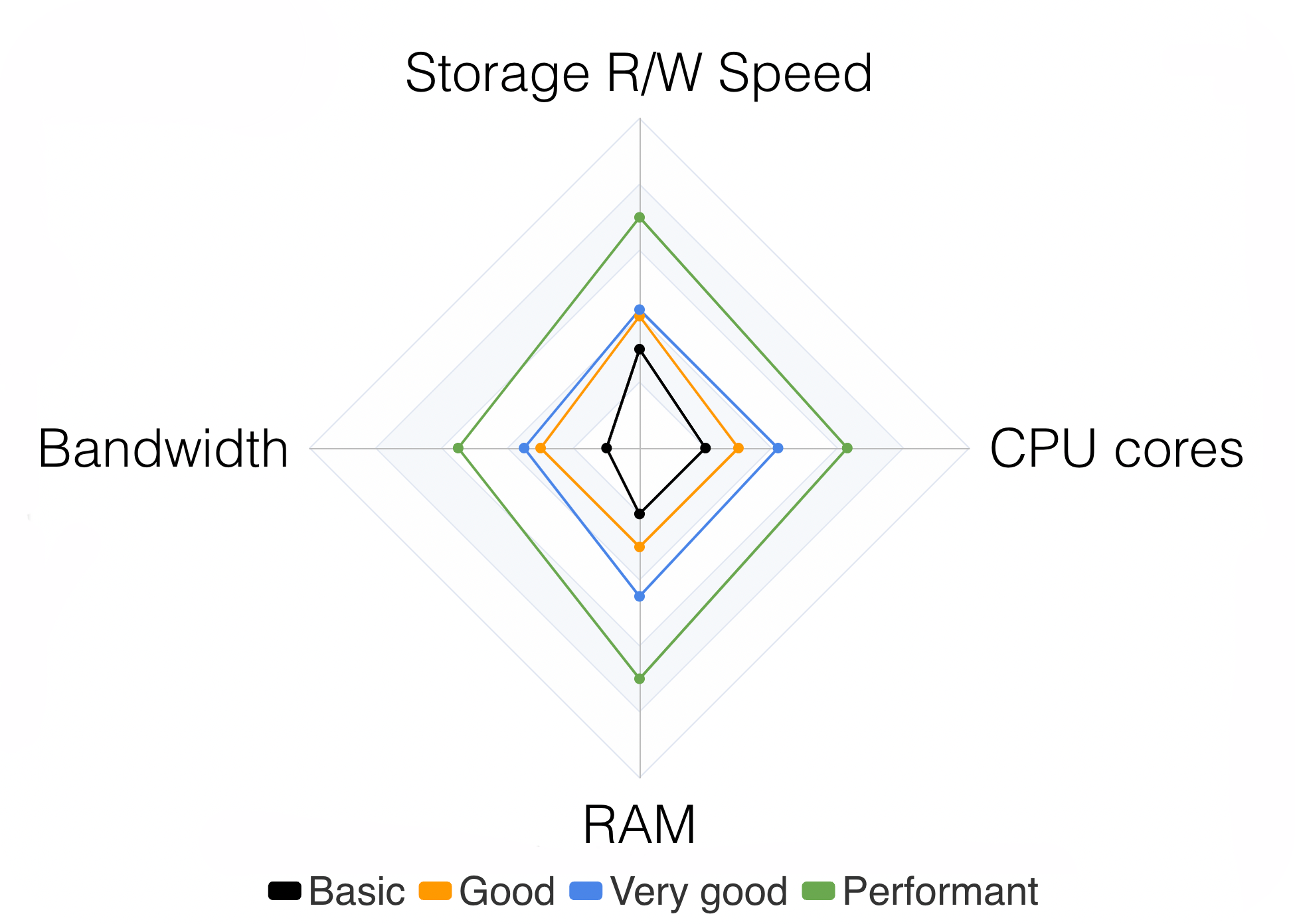What is a node ?
A node is basically a device, like a computer, that contains a full copy of the transaction history of the blockchain.
Multiple nodes maintain the consensus and run the actual blockchain. They are the gateways to access the chain data.
Why should I register a node ?
There have been lots of outages disrupting wallets, exchanges and other DApps because of the centralized infrastructure failures.
By registering your node you help decentralize the access to blockchain and maintain its high availability, while generating passive income for yourself.
How to register a node ?
You don't need to be a technical person to register a node.
Just go to https://app.omniatech.io and click
on Register Node button.
Then you have 2 options :
- Deploy a node - works best if you are not a technical person. Just pick your preferred cloud provider and performance parameters and you are all set. OMNIA does everything for you.
- Register a node - if you know how to install the node's software and run it on your own PC, then you are able to just enroll your node by providing a URL to it, assuming its publicly available. Credentials are also supported.

Node registered. What's next ?
Now that you onboarded a resource that OMNIA can monetize for you, all you need to do is to stake $OMNIA tokens on it to ensure its economic security.
If you chose Deploy a node then OMNIA guarantees its availability and performance.
Then you can sit back and claim the staking yield every epoch of 28 days.
How is revenue generated ?
The registered nodes will join a resource pool used to serve JSON RPC requests of DApps, thus creating added value and revenue. OMNIA uses these nodes as resources for the SaaS subscription sales, in order to generate revenue.
70% of Revenue is then added back to Staking pool liquidity , to ensure that stakers can get their yield.
Before registering your node you also need to stake a specific amount of tokens to ensure the economic security of the protocol, based on which your earn a substantial APY.
Availability requirements
There will be different levels of SLAs that node owners must commit to.
By imposing a minimum availability requirement we ensure a high quality service for DApps which will be using the node resource pool.
There are 4 levels of SLA ranging from 99% down to 50% (max. 12h daily downtime).
SLA levels (availability) will point to a specific reward reduction percentage. The SLA directly impacts the APY.
How is reward rate computed ?
The reward rate is proportional with the node performance.
While CPU, RAM, I/OPS and bandwidth specs do influence the node performance, this ultimately translates to a higher number of requests per second (RPS) that a node can serve.
By only measuring the RPS we focus on what matters to actual DApps who are going to use the nodes.
RPS is our North Star. The higher, the better.
Be an early adopter
Go to https://app.omniatech.io to register or deploy a node and stake on it.
First users will benefit from 50% - 100% APY boost if they stake between 365 and 730 days. (*limited campaign)
Submit your email below to make sure you get all the updates.
